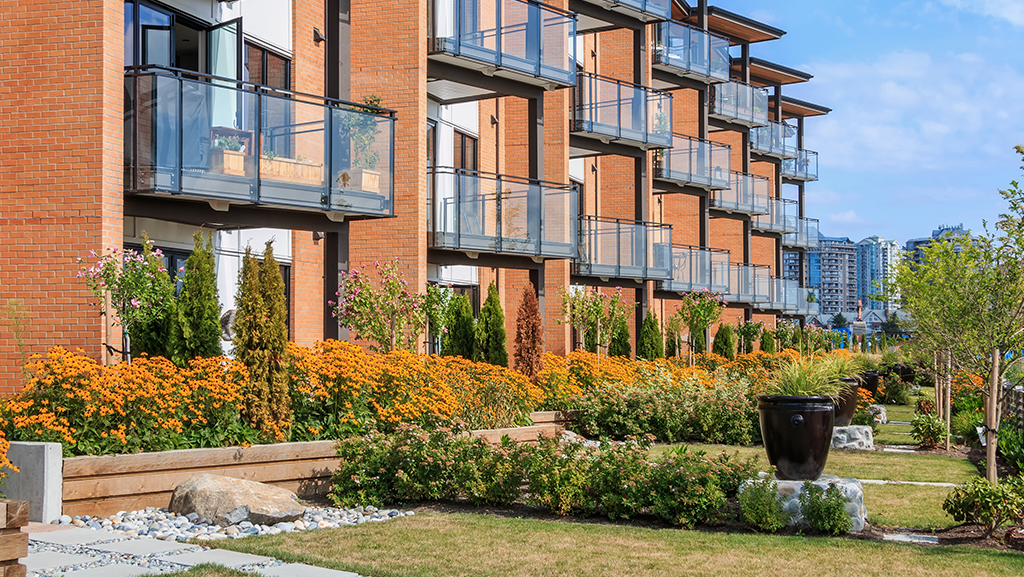Inexpensive Homeownership Options for First-Time Homebuyers
As the real estate market proceeds to advance, new buyers encounter special difficulties in protecting budget friendly homeownership alternatives. Numerous sources, consisting of entitlement program programs, low-down-payment home loans, and targeted grants, have actually emerged to ease economic pressures. These initiatives not just promote homeownership yet additionally foster community stability and financial growth. Browsing these options can be intricate, and understanding which pathways are most beneficial calls for cautious factor to consider. What methods can prospective homeowners utilize to maximize their possibilities in this landscape?
Federal Government Support Programs
Government support programs play an essential duty in making homeownership obtainable for several individuals and family members. These programs aim to minimize the financial problem connected with buying a home, specifically for newbie customers. By using financial assistance, gives, and tax obligation motivations, government campaigns help bridge the void between climbing real estate costs and the purchasing power of possible property owners.
Various programs are readily available at the government, state, and regional degrees. For circumstances, the Federal Housing Administration (FHA) provides insurance on lendings, enabling lending institutions to offer much more favorable terms, such as lower deposits and decreased rate of interest rates. In addition, state and neighborhood federal governments typically have their own efforts, which may consist of down settlement help programs, buyer education courses, and favorable home loan terms.
These programs are created to resolve the special obstacles dealt with by reduced- to moderate-income households, consisting of minimal cost savings and credit rating background. By fostering an atmosphere where homeownership is extra accessible, government support programs not only sustain specific goals yet also add to neighborhood stability and financial growth. Comprehending and utilizing these sources can considerably boost the prospects of successful homeownership.
Low-Down-Payment Home Mortgages
For numerous aspiring homeowners, low-down-payment home loans offer a feasible path to homeownership, especially in today's difficult housing market. These mortgage alternatives typically need down repayments ranging from 3% to 5%, making it much easier for novice customers to enter the marketplace without the burden of saving for a significant deposit.
Various lenders supply low-down-payment programs, consisting of conventional lendings backed by Fannie Mae and Freddie Mac, as well as government-backed choices like FHA loans. These home mortgages are developed to fit individuals with restricted cost savings while still giving competitive rates of interest. Significantly, they permit purchasers to retain even more money for other crucial costs, such as moving prices, home evaluations, and prospective improvements.
Nevertheless, possible house owners ought to bear in mind the compromises linked with low-down-payment mortgages. A smaller sized down payment might lead to greater month-to-month payments and the necessity of private home mortgage insurance (PMI), which protects lending institutions in case of default. For that reason, it is vital for first-time customers to perform complete research and consult with home loan specialists, guaranteeing they choose a low-down-payment alternative that aligns with their lasting monetary goals. Affordable Homeownership.
First-Time Property Buyer Grants
Many first-time buyers find that grants can significantly relieve the monetary problem of buying a home, enhancing low-down-payment home mortgage options. These grants, usually provided by state and non-profit organizations or regional federal governments, use monetary support that does not need repayment, making them an appealing alternative for those going into the housing market.
Qualification for novice buyer gives generally depends upon revenue, credit reliability, and the purchase rate of the home. Many programs are made to help low- to moderate-income families, making sure that support gets to those who need it most. The application process often involves paperwork of monetary condition, property buyer education and learning programs, and sometimes also a dedication to remain in the home for a particular duration.
The quantity of help differs widely, with some grants providing several thousand bucks to aid cover closing costs or down settlements. Researching readily available gives in your area is necessary, as programs frequently transform and might have particular requirements. By leveraging these funds, novice homebuyers can make homeownership much more available, eventually achieving their imagine possessing a home while mitigating the preliminary financial strain.
Cutting-edge Neighborhood Campaigns
Cutting-edge neighborhood campaigns are playing an important duty in broadening cost effective homeownership options for residents. These initiatives often include collective efforts between city governments, charitable organizations, and private sector stakeholders to produce lasting real estate solutions tailored to community requirements.
One noteworthy technique is the establishment of her comment is here neighborhood land depends on (CLTs), which permit homeowners to buy homes while the land continues to be had by the trust. This design assists maintain affordability over time and avoids speculative rate boosts. In addition, CLTs often give instructional resources and support solutions to encourage first-time buyers.
Another effective campaign is the growth of mixed-income housing tasks, which mix budget friendly systems with market-rate homes. This technique fosters comprehensive areas and minimizes the stigma commonly connected with low-income housing. Regional governments are significantly sustaining zoning reforms to help with the building of accessory house devices (ADUs), which can supply additional rental income for property owners while enhancing housing availability.

Tips for Budgeting and Saving

Next, develop a committed cost savings account especially for your future home acquisition. Aim to save a percent of your income constantly, preferably 20% or more, to build a considerable deposit. Utilize automation tools, such as straight down payment or automated transfers, to make saving much easier and extra consistent.
Additionally, think about taking on the 50/30/20 rule: assign 50% of your income to needs, 30% to wants, and 20% to cost savings and financial debt repayment - Affordable Homeownership. This method promotes balanced financial health and wellness

Final Thought
In summary, cost effective homeownership options for newbie homebuyers encompass numerous resources such as federal government assistance programs, low-down-payment home loans, and gives. These campaigns not only assist in access right into the housing market but likewise advertise area security and economic development. By leveraging these monetary devices, individuals can browse the intricacies of homeownership, inevitably adding to a more equitable housing landscape. Continued assistance and recognition of these programs click to investigate are important for improving availability to homeownership possibilities.
As the real estate market continues to develop, novice homebuyers face unique challenges in safeguarding economical homeownership options. By fostering an environment where homeownership is extra obtainable, federal government help programs not only support individual aspirations yet additionally add to community security and financial growth. By leveraging these economic sources, novice homebuyers can make homeownership extra easily accessible, eventually achieving their desire of having a home while reducing the first monetary strain.
In recap, budget friendly homeownership choices for first-time buyers include various sources such as government aid programs, low-down-payment home loans, and grants. By leveraging these economic look at more info tools, people can browse the complexities of homeownership, eventually contributing to an extra equitable housing landscape.
Comments on “Affordable Homeownership: Unlocking the Path to The Dream Home”